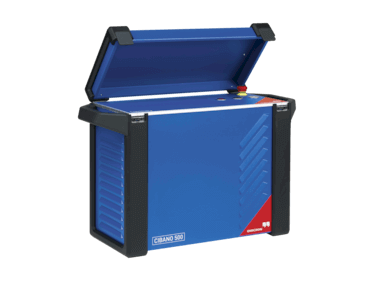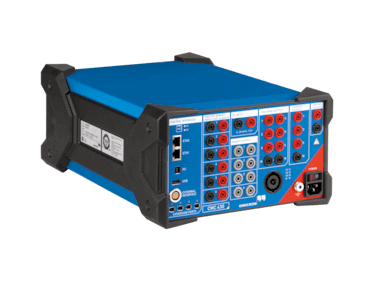Circuit Breaker Operation Time (In-Service) (GIS)
In-service testing methods First trip and Voltage Based Timing (VTM) show degradation accumulated during long idle times better than their off-service counterparts because to prepare a breaker for off-service testing, it has to be operated at least once. For the First trip test method connections are made at the trip coils and the CT’s secondary side. For the Voltage Based Timing (VTM) measurement method, the connections are made at the trip cols and the VT’s secondary side. These test methods are very well suited to detected degraded lubricants, contaminated surfaces or corroded mechanical elements.
Some medium-voltage GIS types have their main contacts sealed for lifetime. Thus, they cannot be accessed easily by the test device. Thus, Voltage-based Timing Measurement (VTM) is the only measurement method available to measure the timing of such medium voltage GIS types. The measurement method can be applied to all breakers with a voltage detection system (VDS) that makes the main voltages accessible.
Expert recommends
CIBANO 500
During a First Trip test, CIBANO measures the opening times by monitoring the CTs’ secondary current (please note that the measured time will include the arcing time). During a VTM test, CIBANO 500 uses the trip or close signal as a trigger to determine the trip or close time of the main contacts by measuring the secondary voltage of the breaker’s built-in VTs.

Have you found the perfect solution for your switchgear testing needs yet?
Check out our new solution finder and be guided to an ideal solution in only three steps:
Benefits of this solution

Detect problems ahead of time

Ease of use

Multi-channel timing analyzer
Videos
CIBANO 500 - In-Service Timing measurement with the VTM method
State-of-the-art circuit breaker testing MV / HV
Get in touch
Need more details?
Get a quotation?
Request for a demo?
Contact us now


